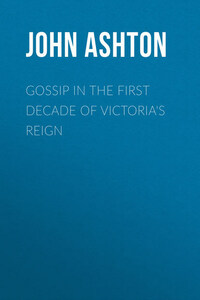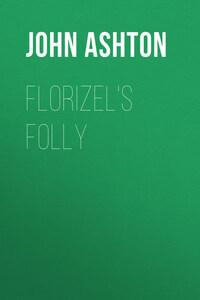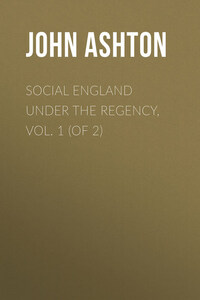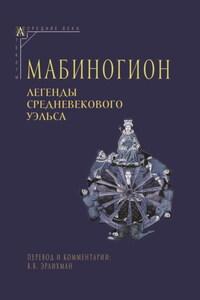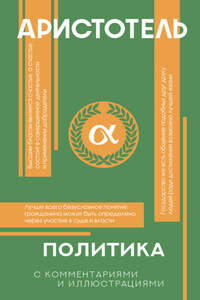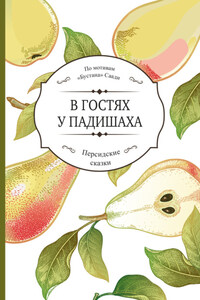I have written this Gossip not only for the edification of those to whom a portion, more or less, may be news, but for those who, like myself, have lived through the whole of Queen Victoria’s reign, to whom the remembrance of things, almost forgotten, may bring pleasure and excite interest. The items, herein displayed, have been gathered from many sources, and their authenticity is guaranteed by giving the name of the authority whence they were taken, in very many instances ipsissima verba, as paraphrasing would rob them of their freshness and individuality. All the illustrations are contemporaneous, and, good or bad, belong to the text and should not be altered.
The Queen’s Accession – Proclamation – Funeral of the King – The Queen and social functions – Mr. Montefiore – Amusing letter – Electric telegraph – Knocker wrenching – Amusements of the young aristocracy.
King William the Fourth was as sincerely fond of his niece, Alexandrina Victoria, as he cordially detested her mother, and he earnestly hoped that she might obtain her majority, which took place on the 24th of May, 1837, before he died, for he had a horror of the Duchess of Kent having even the shadowy power of a Regent. Greville, in his Memoirs, writing on 23rd of May, says: “The King prayed that he might live till the Princess Victoria was of age, and he was very nearly dying just as the event arrived. He is better, but supposed to be in a very precarious state. There has been a fresh squabble between Windsor and Kensington about a proposed allowance to the Princess.”
The old King lived but a very short time after the desired event, for he expired at 2.12 on the morning of the 20th of June, 1837, and how the sad news was broken to the young Sovereign may best be told in the words of that mine of anecdote, Miss Frances Williams Wynn, the daughter of Sir Watkin Williams Wynn (the fourth baronet):
“On Monday we were listening all day for the tolling of the bells, watching whether the guests were going to the Waterloo dinner at Apsley House. On Tuesday, at 2½ a. m., the scene closed, and in a very short time the Archbishop of Canterbury and Lord Conyngham, the Chamberlain, set out to announce the event to their young Sovereign. They reached Kensington Palace at about five; they knocked, they rang, they thumped for a considerable time before they could rouse the porter at the gates; they were again kept waiting in the courtyard, then turned into one of the lower rooms, where they seemed forgotten by everybody. They rang the bell, desiring that the attendant of the Princess Victoria might be sent to inform H.R.H. that they requested an audience on business of importance. After another delay, and another ringing to enquire the cause, the attendant was summoned, who stated that the Princess was in such a sweet sleep, she could not venture to disturb her. Then they said, ‘We come to the Queen on business of State, and even her sleep must give way to that.’ It did; and, to prove that she did not keep them waiting, in a few minutes she came into the room in a loose white night-gown and shawl, her nightcap thrown off, and her hair falling upon her shoulders, her feet in slippers, tears in her eyes, but perfectly collected and dignified.”
Lord Melbourne was summoned to Kensington Palace by the Queen at 9 a.m., and a Privy Council was called for 11 a.m., but the notice was so short that several of the Privy Councillors had no time to put on their official costume, and were obliged to attend in undress. Amongst others who made their appearance at Court in this novel fashion were the Duke of Cumberland (then, by the fact of the King’s death, King of Hanover) and Lord Glenelg.
The Queen was proclaimed the next day, but there is no need to detail the ceremony, as we have all experienced a similar scene lately. The existing ministry was retained, and things settled down in their places, yet not quite all at once, for The Western Luminary, a paper long since defunct, says, “In one writ which came down to this city, a ludicrous mistake was made in the date, as follows: ‘In the year of Our Lady 1837,’ instead of ‘Our Lord.’” And the Royal Arms had to be altered from those borne by Her Majesty’s five predecessors. Being a female, they had to be borne on a lozenge, instead of a shield; the crest of a lion surmounting a crown was discontinued, as was also the escutcheon of pretence bearing the arms of Hanover, surmounted by the crown of that country.
The preparations for the funeral of the late King were at once commenced; and, in connection therewith, I cannot help quoting from The Times’ Windsor Correspondent (28 June): “In the platform erected for the interment of George IV., there were more than 70,000 superficial feet of boarding, and 49,000 feet of quartering. The quantity of black cloth used for covering the floor of, and the roof over, amounted to more than 10,000 yards. I understand that, after the interment, it becomes the perquisite of the clergy of the chapel, as do, also, many of the decorative ornaments placed on, and suspended over, the coffin. You will, perhaps, recollect what some people would willingly have you forget – I mean the squabbling which occurred respecting the velvet cushion upon which the coronet of the late Princess Charlotte rested at her funeral, and the scramble which took place for the real or supposed baton of the Duke of York, on the occasion of his burial. Care was taken to prevent the occurrence of any such indecent proceedings at the funeral of George IV., and, hence, I do not anticipate any such scenes on the present occasion.”
